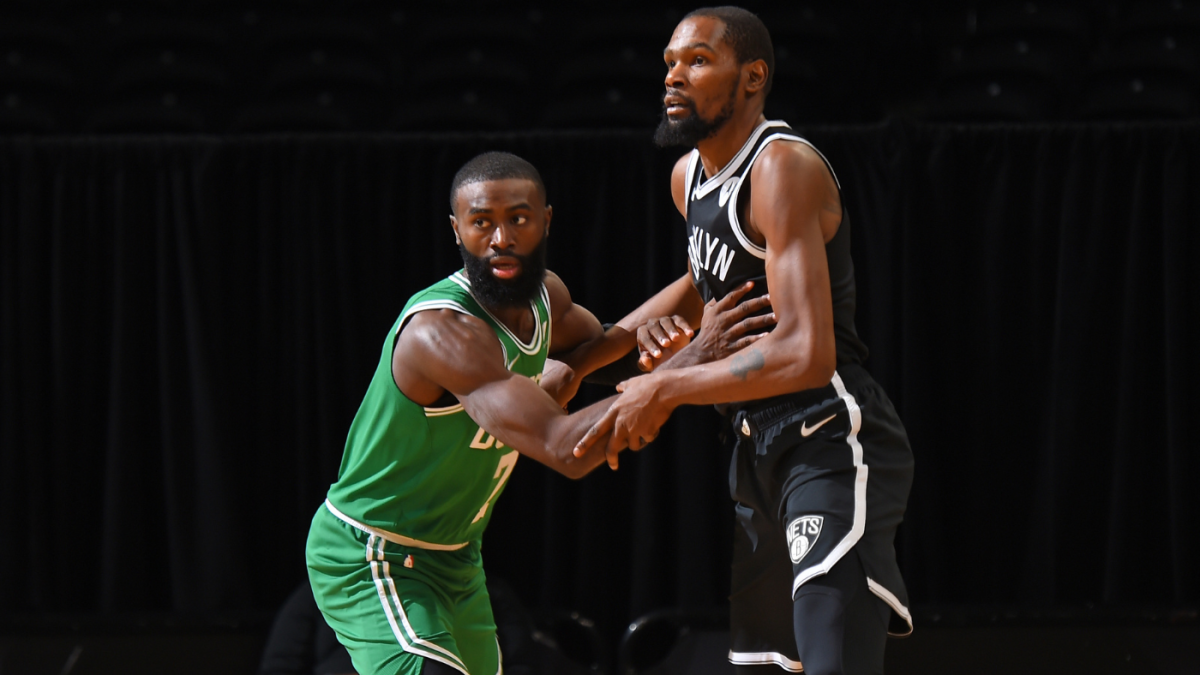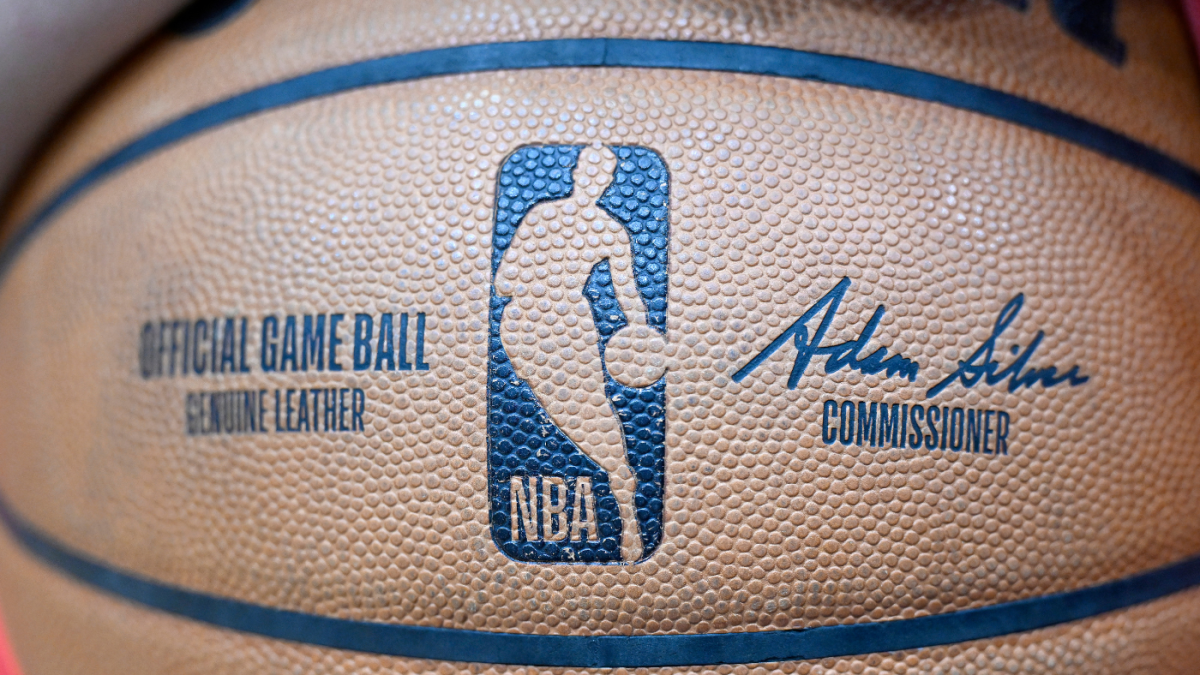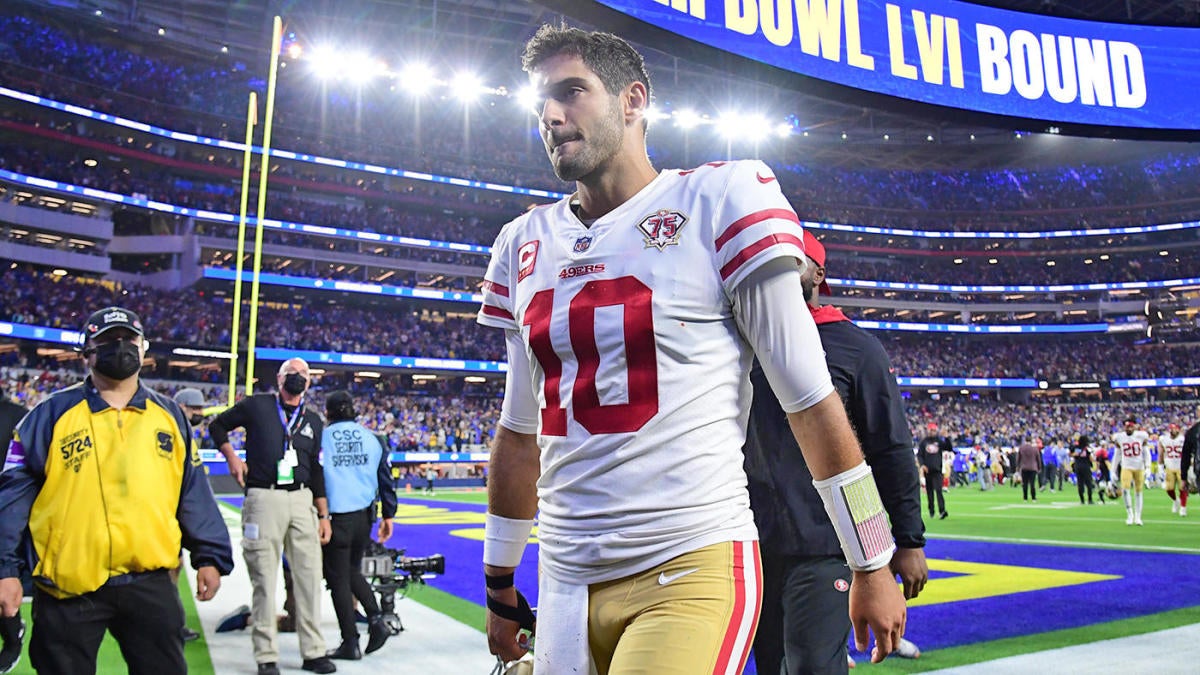Why Kevin Durant-for-Jaylen Brown trade would be just as risky for Nets as it would be for Celtics
Written by Lucky Wilson | KJMM.COM on July 26, 2022

When a team trades a superstar for a younger player, they usually do so for control as much as upside. Superstars asking for trades are almost always armed with the threat of free agency, whereas young players, for the most part, have less freedom of movement. A first-round pick can’t change teams by choice until after his fifth season, but given the financial risks involved in doing so, they more often delay free agency until after their eighth or ninth season through a rookie extension. Sure, having Anthony Davis for one year is nice, but having Brandon Ingram for six is a whole lot nicer. This is the logic that governs most blockbuster trades: immediate talent for long-term security.
What makes a rumored trade between the Brooklyn Nets and Boston Celtics involving Kevin Durant and Jaylen Brown so interesting is that it essentially reverses that dynamic. Durant is 33 years old, yet he comes with four seasons of team control. There is a very realistic chance that he finishes his career with whatever team he plays for next. Brown is eight years younger at 25, but comes with barely any team control. His contract lasts two more seasons, but because of a few quirks in the CBA, he is virtually guaranteed to decline a contract extension and become an unrestricted free agent in 2024.
The NBA caps the majority of contract extensions at a 20 percent raise on the prior season’s salary. For most young stars, this isn’t a problem. It usually just entails jumping from one max figure up to the next. But Brown isn’t like most young stars. He couldn’t negotiate a max rookie extension for himself in 2019, and that has enormous ramifications for him now. First and foremost, only max rookie extensions are eligible to last five years. Had Boston paid Brown a bit more, they’d have him under contract for another year, and he’d probably be a bit more valuable as a trade asset.
Please check the opt-in box to acknowledge that you would like to subscribe.
Thanks for signing up!
Keep an eye on your inbox.
Sorry!
There was an error processing your subscription.
But more importantly, that sub-max deal will guarantee Brown a $28.5 million in base salary for the 2023-24 season. That means, with a 20 percent raise, he’d be in line to make roughly $34.2 million in the 2024-25 season on an extension. However, as an unrestricted free agent, Brown could make anything up to his max of 30 percent of the salary cap.
We don’t know what that number will be yet, but we can make an educated guess. The cap for the 2022-23 season is projected to come in at $133 million. That would be a jump of nearly $10 million from this season’s $123.6 million cap, which itself was an $11 million jump from the $112.4 million cap of the 2021-22 season. Say we factor in another $10 million jump that would take the cap up to $143 million when Brown is a free agent. If he signs for 30 percent of that cap, his 2024-25 salary would be $42.9 million. That’s almost $9 million more than he could make on an extension, and that only represents the first year of the deal. Over the course of the full contract, he’d be sacrificing tens of millions of dollars.
And that of course assumes that the NBA’s salary structure doesn’t drastically change in the summer of 2025, when a new TV deal is expected to kick in. The last time that happened, the cap spiked by nearly 35 percent in a single offseason. While the general assumption is that the league and player’s association will use cap smoothing to ensure that doesn’t happen again, most star-level players are going to be wary of signing long-term deals in 2024 because the cap could jump so much in 2025. Not only would that open the door for Brown to make significantly more money as a 2025 free agent, but it would also give him the freedom to pick from a much wider variety of destinations because more teams would have cap space.
Ironically, this is how Durant himself landed in Golden State. The spike gave the Warriors enough space to offer Durant a max contract despite having Stephen Curry, Klay Thompson, Draymond Green and Andre Iguodala in place. It’s not hard to envision a similar scenario playing out for Brown or any other top 2025 free agent. If he wants to play for his hometown Hawks, or perhaps handpick a different younger contender like the Mavericks or Grizzlies, that offseason would represent a golden opportunity for him to do so. It’s far too early to say whether or not such a path would interest Brown, but without any financial incentive to extend, he has little reason not to consider it.
The CBA does offer one possible workaround for players of Brown’s caliber. If he makes an All-NBA Team next season, he would immediately become eligible for a five-year, supermax extension starting at 35 percent of the cap. But in another bit of Durant-related irony, such a contract would only be available to him if he remains in Boston. When Durant left Oklahoma City for Golden State, the NBA created the supermax as a way of keeping stars on their original teams. It is therefore only available to players who are on the team that drafted them or a team that traded for them in the first four years of their career. Brown currently meets that criteria as a member of the Celtics. If he is traded to Brooklyn, he’d no longer qualify. It’s a shame too, because as the centerpiece of the Nets, he’d likely have a better chance of earning All-NBA honors than he does as a secondary player in Boston.
It has long been reported that Brooklyn is hoping to land an All-Star-caliber player in any Durant deal. They could get one in a Brown deal, but it’s much harder to know if they could keep him. The Celtics have been on the other side of this equation. In 2017, they traded for Kyrie Irving with two years left on his deal. In 2018, Irving himself said that he planned to re-sign with the Celtics, but because his original deal came before the 2016 cap spike, extending would have limited his earning potential. By the time free agency arrived, he’d decided he wanted to leave Boston.
Maybe that happens to Brown in Boston. Maybe it doesn’t. Maybe Boston is only exploring this deal in the first place for fear of Brown leaving them as Irving did. But all of this together paints an extremely unusual sort of blockbuster trade. The conventional definition of risk in basketball suggests that Boston would be making the gutsier move here. By trading a 25-year-old for a 33-year-old, the Celtics would be significantly shortening their championship window for the sake of widening it in the short-term. But the risk for the Nets is just as high. Even if Brooklyn thinks it can build a winner around Brown, the Nets could lose him before they ever get the chance.
The post Why Kevin Durant-for-Jaylen Brown trade would be just as risky for Nets as it would be for Celtics first appeared on CBS Sports.
 KVSP
KVSP 




